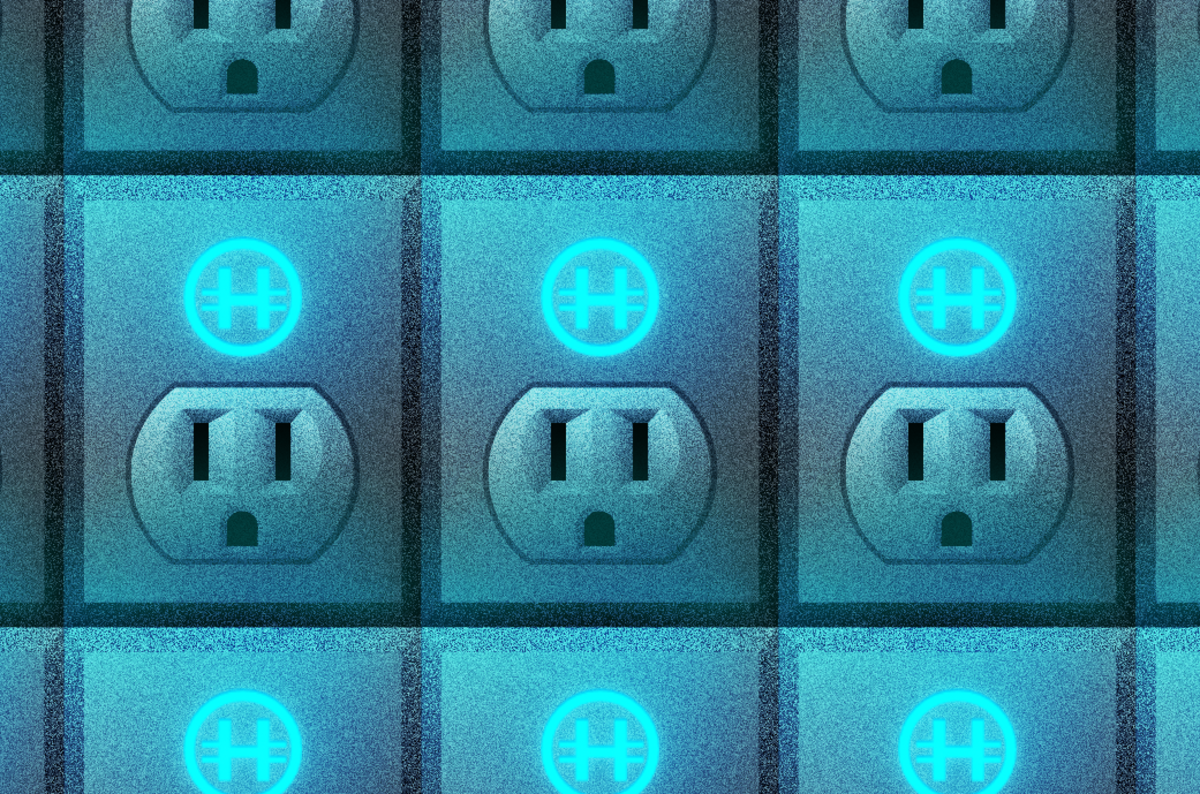Another chart of Bitcoin (BTC) price movements shows that in hindsight, periods of appreciation coincide with active, concerted minting of Tether (USDT).
Bitcoin Cycles Coincided with USDT Printer
In hindsight, Bitcoin price moves upward coincided with the printing of Tether (USDT). The correlation was especially flagrant in 2017, when the supply of USDT expanded in the millions for the first time.
But in 2018, there were also distinct periods that matched the effect of USDT action.
As the year comes to a close, it's always useful to remember the impact of stable value in the #cryptoasset market.
The chart below overlays Tether supply on $BTC returns.
Buying $BTC when Tether expands and selling when it contracts, yielded a 2x return – HODLing yielded par. pic.twitter.com/AqUwf3LrPR
— elias.eth (@eliasimos) December 12, 2019
Tether Criticized for Faking BTC Demand
The crypto community is still split on the explanation for this correlation. One of the explanations holds that Tether, Inc. coordinates the printing of USDT, triggering appreciation cycles. The skeptic’s theory hinges on the observation of round sums of USDT being transferred just as bitcoin prices slid, triggering another rally.
The supporters of Tether see the coin as important financial innovation, which reflects enthusiasm for bitcoin, hence the inflated supply.
In any case, observing the USDT supply is one of the signs to show whether to “hodl” or sell before the price slides. Currently, USDT supply is flat, while the coins are being redistributed among a handful of networks. Above 2.2 billion USDT are on the Ethereum network, while another 916 million are based on TRON (TRX).
The exact supply of USDT is reported as a constant, though it is now more difficult to estimate and track the coins in circulation. Some of the USDT is also used for crypto-based lending, and remains locked. But there are still transfers between the Tether treasury and Bitfinex, though on a smaller scale.




40,000,000 #USDT (40,175,942 USD) minted at Tether Treasury
— Whale Alert (@whale_alert) December 11, 2019
The Tether transparency report also reveals that the entire supply of USDT is higher than reported on CoinMarketCap. More than 4.7 billion coins are now available, spread through a handful of networks. About 1.55 million USDT remain on the Bitcoin network, and above 5 million coins were minted on EOS.
This time, USDT is also more widely distributed among exchanges, and wallets remain harder to track. Overall, the last quarter of 2019 saw some growth in USDT supply, though bitcoin prices did not immediately respond to the heightened liquidity.
One of the reasons for the misbehavior of bitcoin prices is the influence of futures markets. So far, only OKEx offers USDT-settled futures, and the stablecoin does not affect this type of price discovery.
What do you think about the influence of USDT? Share your thoughts in the comments section below!
Images via Shutterstock, Twitter @Eliasimos @Whale_alert







